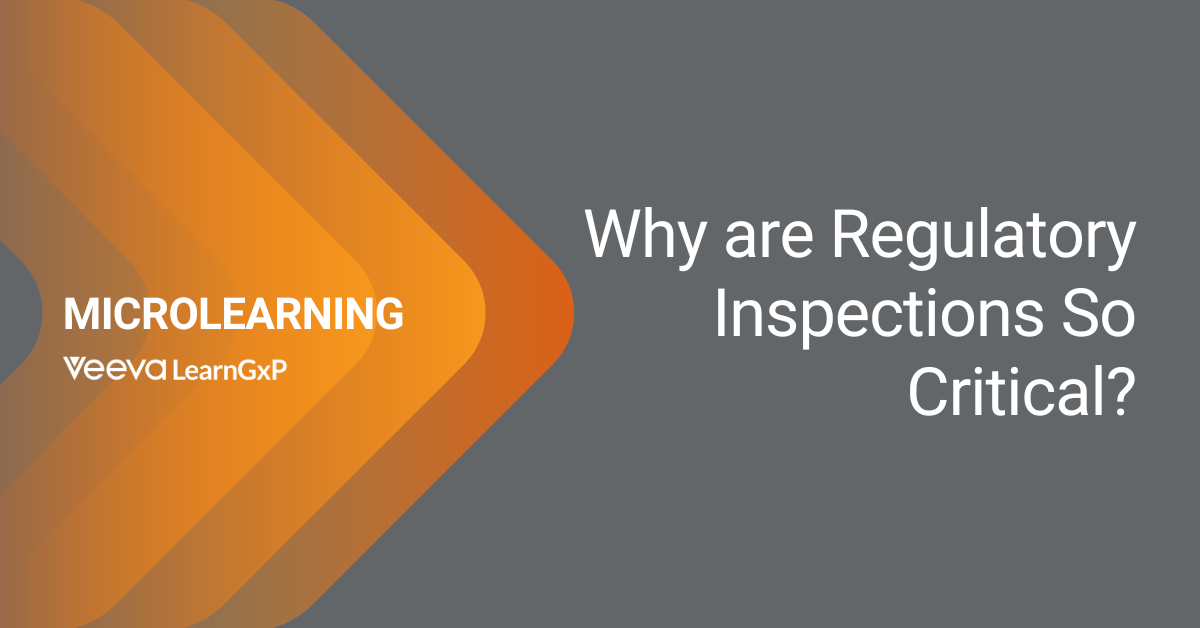The pharmaceutical industry is now facing new challenges in controlling and preventing environmental pollution as it is expanding. Now, the question is how the multinational pharmaceutical companies are coping with environmental impacts of increasing production? What policies and strategies are adopted by pharmaceutical companies to manage the environmental aspects of their operations as they expand globally? What are the results of their Environmental Management Programs?
The largest pharmaceutical companies are moving quickly to integrate proactive management policies into their overall business strategies. Also introducing pollution prevention and clean manufacturing practices throughout product and process life cycle analysis to reduce waste and minimize environmental impacts. The forces driving growth in the global pharmaceutical industry include – rapidly increasing elderly population, number of diseases, rising living standards in developing countries, expanding research and development leading to new products, etc. In this article we have reviewed the growth of pharmaceutical industry identifying environmental management challenges faced by pharmaceutical organizations.
Environmental Management Practices
By adopting Environmental Management Systems (EMS’s) which meet internationally accepted standards such as International Organization for Standardization’s (ISO) 14000 series guidelines, the pharmaceutical industries can commit to reduce the negative environmental impacts to major extent.
Objectives and Policies
Multinational pharmaceutical companies should start recognizing negative environmental impacts from their facilities which can risk the health and safety of their employees, diminish the quality of life in communities. Companies should form proper objectives and policies for safeguarding the health and safety of employees, public and protecting the environments in which the industry operates, should be the top priorities of pharmaceutical industry.
Management Responsibility
Proactive environment is not only a corporate social responsibility but also a powerful means of reducing costs, increasing efficiency and enhancing competitiveness. In order to carry out environmental policies and achieve objectives, responsibility for environmental management must be clearly assigned within a corporation. Pharmaceutical company must establish its own health, safety and environmental policies covering the key principles established at the corporate level and must maintain appropriate arrangements to facilitate and monitor effective implementation. Also provide information, instructions, training and supervision for all staff so that they can carry out their duties in all environmentally responsible manners.
Corporate safety and environmental engineering groups should work with manufacturing executives to improve process safety, waste management, pollution control and environmental stewardship. Ensure that new construction projects and buildings comply with all environmental regulations during construction and operations.
Plans and Programs to Prevent Pollution
To achieve pollution prevention goals the following points can be considered –
- Developing integrated EHS programs.
- Adopting pollution prevention and clean manufacturing practices.
- Eliminating hazardous emissions and wastes.
- Recycling and reusing materials.
- Conserving energy, water and other natural resources.
- Investing in facilities and projects that reduce the environmental impacts of their operations.
Pharmaceutical organizations must provide effective occupational health and hygiene programs, develop and maintain appropriate emergency response procedures and contingency plans by educating management, employees, stakeholders, customers, suppliers and communities. It is noticed that environmental costs in the form of wasted raw materials, returned goods, etc. doesn’t add any value to a process, system or product, while effective management of environmental aspects of company’s operation can lead to cost savings.
New Product Environmental Requirements Tracking (NPERT)
This program was first used by Eli Lilly and Company to identify all regulatory and environmental quality requirements in the selection of chemicals and raw materials, manufacturing scale-up processes and in working directly with R&D and production facilities to select waste management and pollution prevention strategies.
Product Life Cycle (PLC) Review
PLC is an approach to eco-efficiency in designing products that meet the highest standards of excellence with regard to quality, cost and EHS performance. During PLC reviews the cross-functional teams can identify and reduce negative EHS impacts at each stage of products life from – designing, manufacturing, packaging, distribution, marketing, customer use and final disposal.
Materials Reduction and Recycling (Waste Management)
Pharmaceutical companies may undertake challenges in the widespread adoption of packaging reduction, materials substitute, unused returned goods, waste recycling and reuse in their operations. By minimizing packaging, using recyclable materials and reducing the toxicity of raw materials the pharma industry can decrease the overall impacts of products including use and consumption by consumers. The organization should establish waste minimization goals and report its progress to management annually or as per the requirements. The Environmental Guidelines for Package Development can direct industry to minimize the environmental impacts of packaging by considering source reduction, recyclability, refill ability, reusability and safe disposal.
Energy and Water Conservation
Concern for regulatory compliance, cost savings and environmental protection are driving pharmaceutical companies to reduce energy and water use and to value other natural resources more carefully.
Environmental Cost Accounting Systems
Understanding the environmental costs and performance of processes and products leads logically to accurate pricing of goods and services. By adopting environmental cost accounting system the pharmaceutical company can balance businesses, environment and social responsibility with investments in environmental health and ecological systems.
Capital Appropriation Requests (CRA’s)
The CRA must address the following, where applicable: permitted environmental releases, sudden environmental releases, hazardous and non-hazardous waste generation, storage, disposal of rejected raw materials, intermediates, final products, health and safety risk to employees and energy consumption. The CRA’s for projects involving new products or packaging must include an evaluation of total Product Life Cycle impacts on the environment.
Measuring, Auditing and Review
Enhancing environmental performance in pharmaceutical companies requires proactive environmental policies, assignment of managerial responsibility and implementation of Environmental Management Systems. But, mainly it depends on the capacity to measure results, audit performance and reviewing results at all levels to achieve continuous improvement. Under the guidelines relating to contract manufacturers and suppliers conduct EHS evaluations of the facilities and operating practices of contract manufacturers and selected suppliers. The company should communicate the results of self-assessment internally and externally
Conclusion
By adopting all the above mentioned points the pharmaceutical industry can manage environmental issues. Also the measured results of proactive Environmental Management Systems in leading pharmaceutical companies indicate progress not only in waste reduction and resource conservation, but substantial reduction in hazardous emissions. The following elements can be considered:
- Health, safety and environmental performance data, including corporate indicators, sector-specific information, industrial comparisons, benchmarking standards and comments from employees and stake-holders.
- Risk portfolio, including corporate and sector-specific risk assessments associated, legal compliance reports and adherence to international standards.
References
- Von Zahren, “W.M. ISO 14000: Understanding the Environmental Standards”, Rockville MD: Government Institute, Inc., 1996.
- Eli Lilly and Company Environmental Health and safety Report, 1997. Indianpolis, IN.
- Environmental Protection Agency, “Profile of the Pharmaceutical Manufacturing Industry”, Washington, DC (1997).
- Rondinelli D.A, Vastag G, “Private Investment and Environmental Protection: Alcoa-Kofem’s Strategy in Hungary”, The European Management Journal, 1998.





